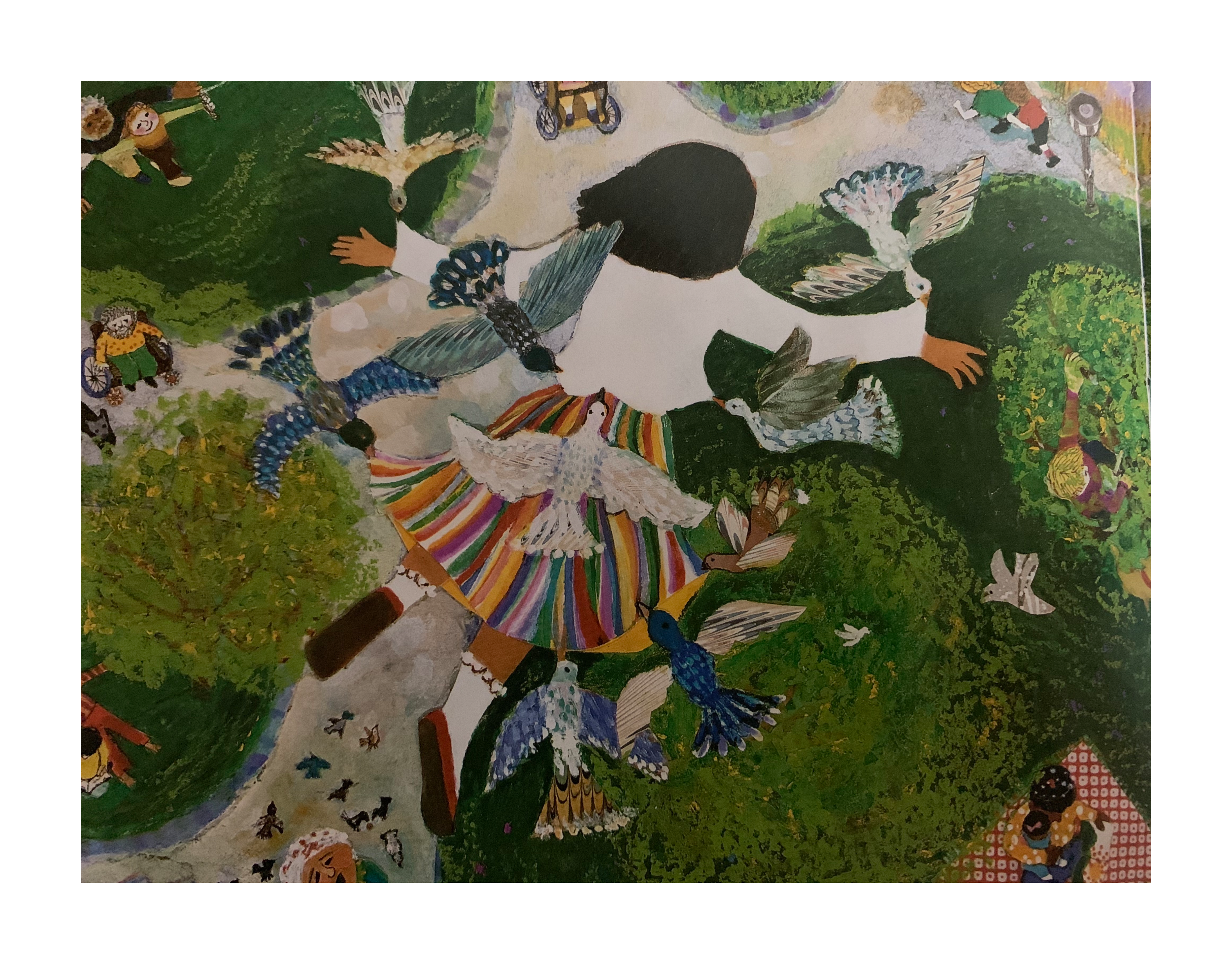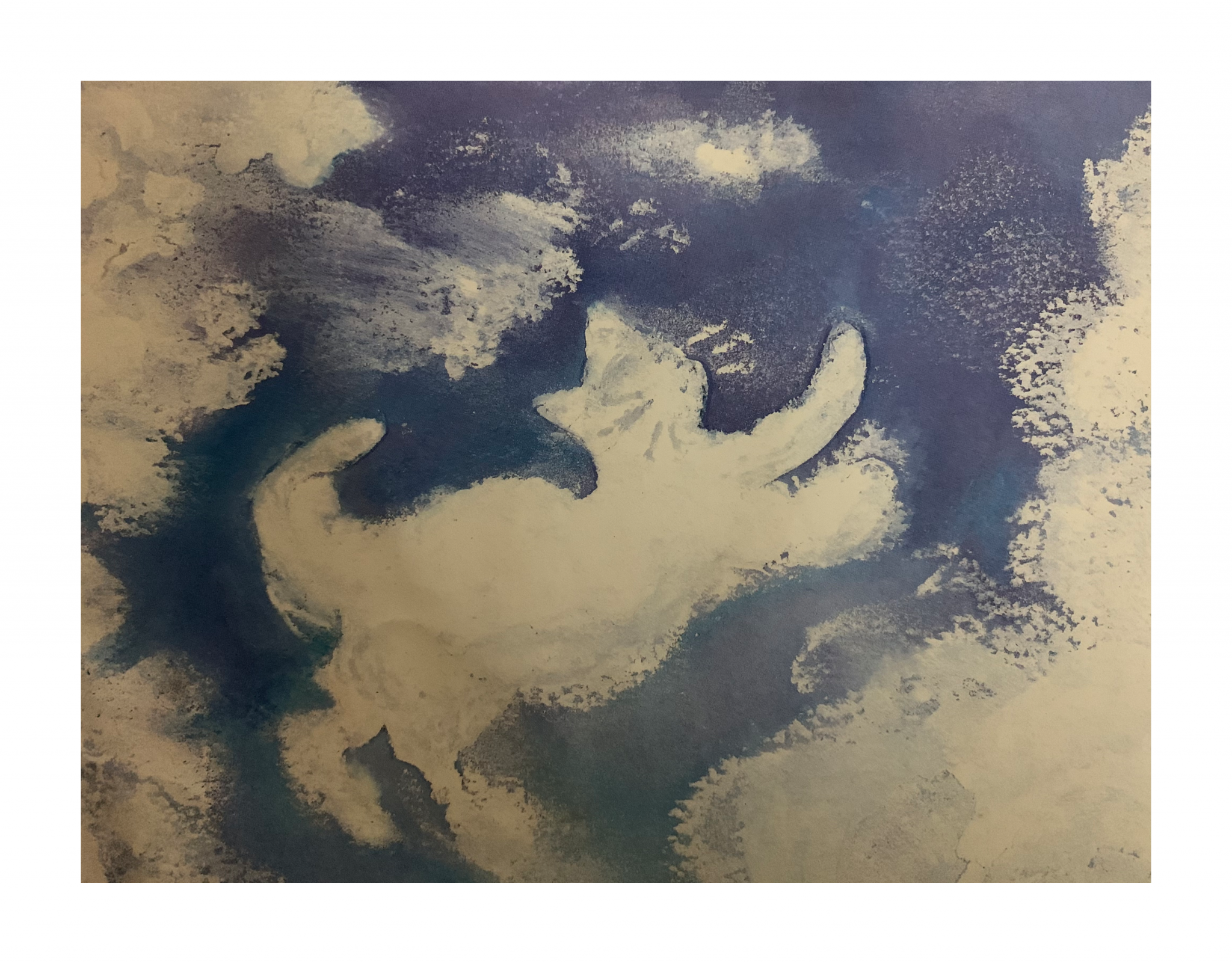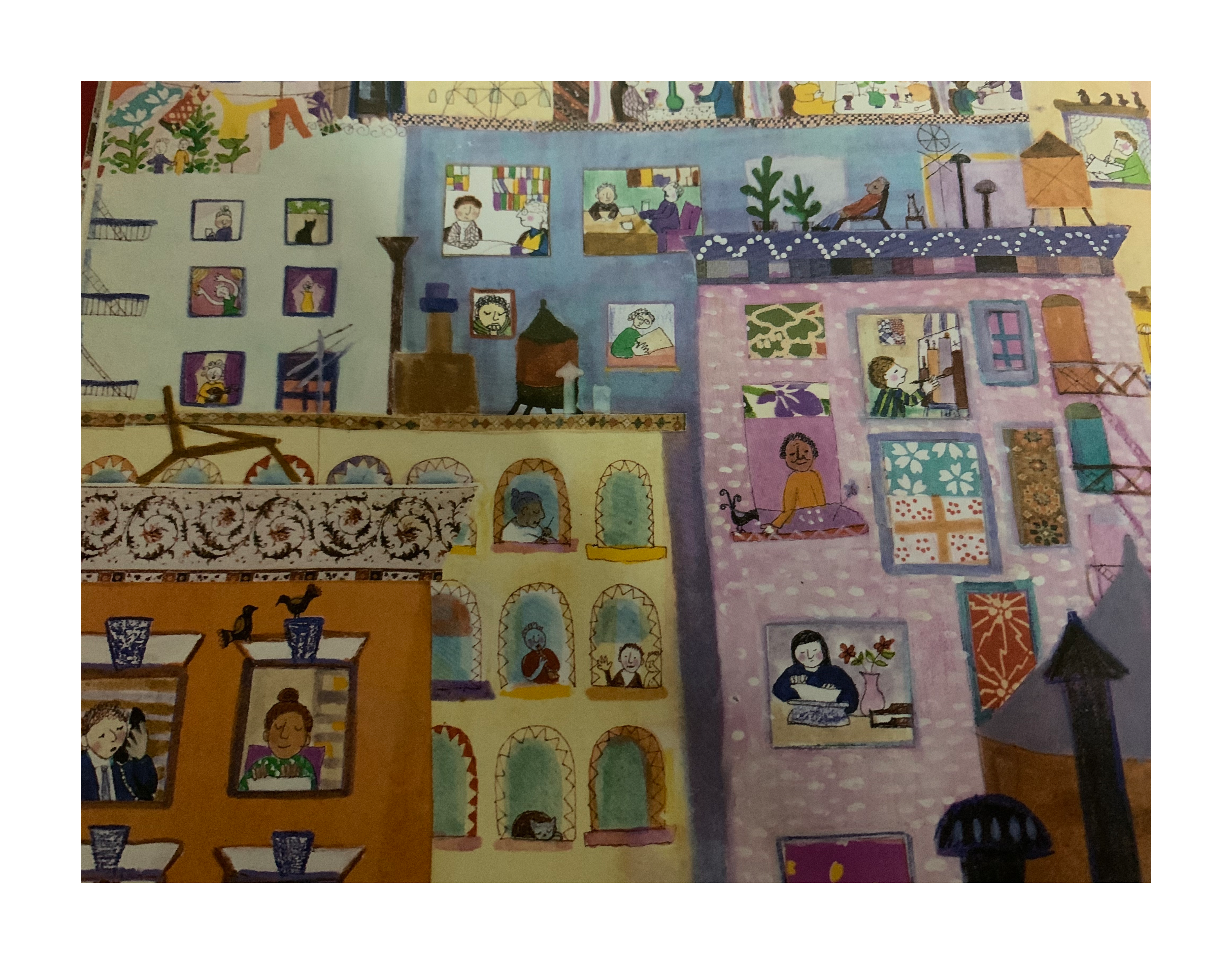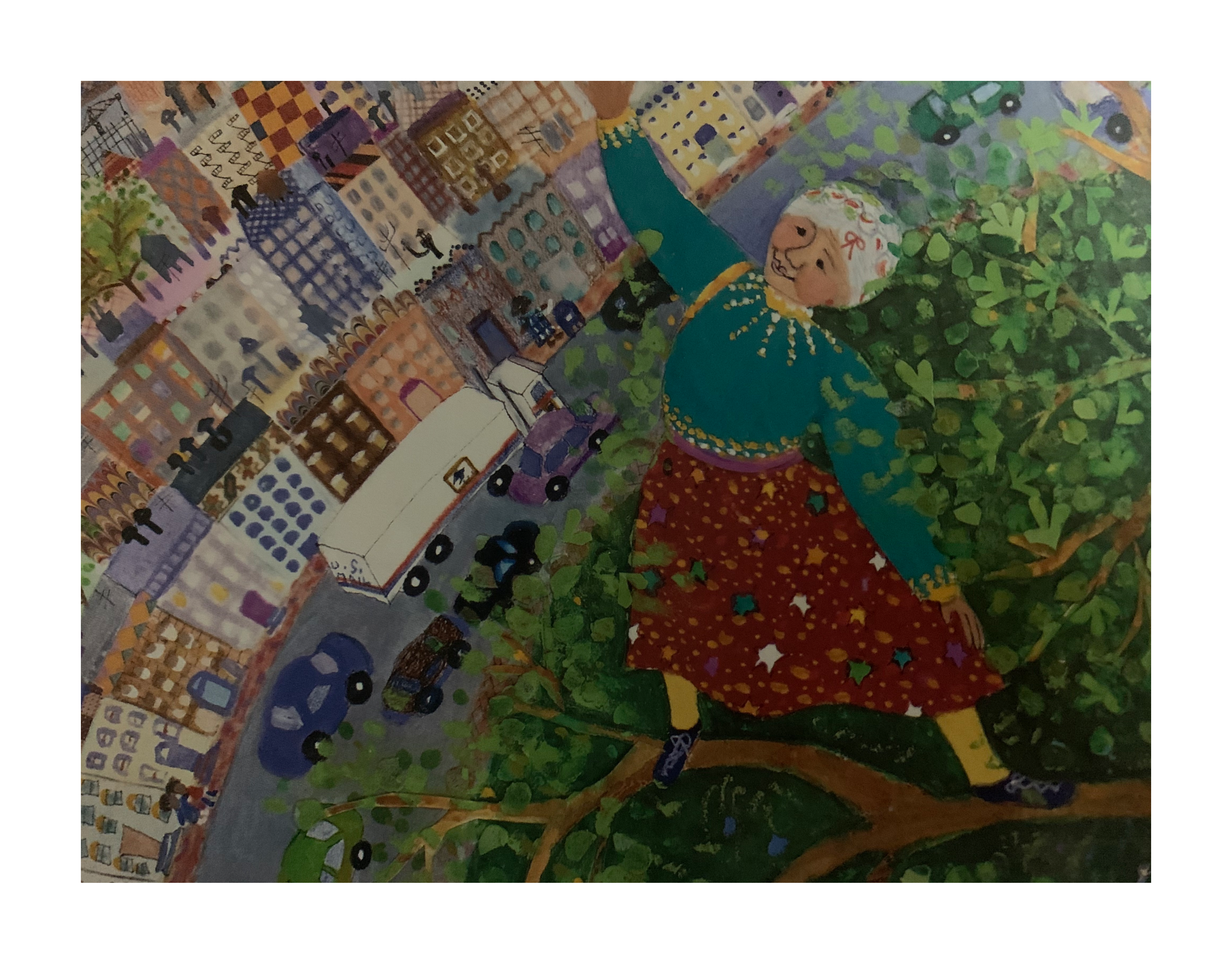All around us, we are hearing of practitioners seeking ideas for a rapid transfer to online modes. We sense that the library and practices with children, like other educational institutions with the same age group, feel that they have to rapidly transition to online and digital formats, adopting remote modes of teaching and learning since this is the model all around during the pandemic.
Thankfully, the advantage that was and is available to the library community is one for ‘pause’. There is an opportunity to reflect, assess and think about how one wants to embark on this transition and if at all. However these deliberations appear to undoubtedly bring anxiety for many, in a mix that includes health and economic concerns for the unknown circumstances of the future ahead.
The situation in 2021 in India has now elevated all anxiety to an ‘emergency matter’ category, with remote learning and e technologies being repositioned as essential services and often times the only emergency service (Williamson et al. 2020) . At Bookworm, we find we are in the middle of a ‘gap’ trying to stay relevant and present for the communities of practitioners we hold, trying to be present for our children whose reading lives we have sparked these past few years and in trying to be true to what we understand presently about facilitating our work.
Art from Abuela by Arthur Dorros, illustrated by Elisa Kleven
As the state of suspension of movement emerged again, late April 2021, we felt we must begin to reach out to other practitioners to forge a shared dialogue around what we feel we understand now and how we can perhaps move forward. We announced a short workshop that we hoped would foreground library classes and their necessity while thinking about flexibility for the times ahead. It was within that space of planning and preparation that our middle path widened.
The embedding of digital technologies as part of education practices are not new nor unique to our work here at Bookworm. We have swayed, dialogued and re-positioned our work within this frame on multiple occasions seeking a middle path that formed for the road ahead. Past writing on this can be found here.
But we find ourselves in the midst of a global pandemic and we needed to return to our own ideas around networked learning, online education and hybrid modes of teaching and learning. Traditionally, the online mode has been associated with ideas of the flexibility of teaching and learning anywhere, anytime ( Hodges et al 2020). In our thinking, we have been challenged by this notion that arrives at us from discourse where access to digital mediums and all their affordances are taken for granted. We have further been troubled by our premise that learning is foregrounded in relationships that are real and physically present – that these learning relationships do not exist in vacuums but in a ‘space’ that is not only physical but emotional, intellectual and co-created during the act of learning. We have also only ever used modes of networked learning with adults and we needed to return to what understanding exists out – there to bring it in – here, in our library work.
Art from Abuela by Arthur Dorros, illustrated by Elisa Kleven
So, it was with a fair degree of openness and excitement we read about post-digital perspectives in education that challenge the usefulness of binary distinctions that place learning activity as face-to-face or online, foregrounding that both the digital and non-digital, material and social, are intrinsically interconnected in educational design and in the unfolding teaching and learning activities. ( Fawnes et al, 2019)
A broader understanding of learning reminds us that learning happens all the time. It is not only when we are connected over a medium or in a ‘physical space’ that we are learning, we are learning even when we are reading alone, thinking about a reading we have done or even just pausing in-between these acts wherever we may be.
Bayne and Jandric (Jandric 2017) suggest that our interactions with the digital should not be understood as a disembodied experience, but, instead, as involving co-presence in multiple spaces which we all inhabit in our everyday lives.
We witness this, in our few online interactions where people may be attending together but their physical bodies are in their homes in different contexts and we are unaware of the mental, emotional states of their surroundings and so our design has to accommodate for all this and remain flexible.
Art from Abuela by Arthur Dorros, illustrated by Elisa Kleven
We also recognise that our planning, preparation and facilitating involves searching, finding, selecting topics of interest, reading and writing texts, organising material, reflecting on experiences, creating artefacts, communicating ideas and participating in synchronous or asynchronous sessions with participants and our own team. In many of these activities, we use a mix of digital and material tools, ideas and conversations with each other and so transcended mediums because we are co-present in the physical and virtual.
This flexibility that has always been a necessary condition of good teaching was tested at the start of the pandemic by the speed and urgency that the situation was compelling. Essentially, for educators, this transitioning moment required quickly redesigning what one had prepared in advance or what one has been accustomed to being doing. For some, it was easier for others challenging. For the library community, it was further challenged by the very place this domain has in our society. Read low and non – essential! So in many instances, library practice stopped.
But at the end of a year of attempting flexibility in various ways, we feel confident to draw upon some tenets that we share here, all of these we have used in our practice with young adults and adults:
Art from Abuela by Arthur Dorros, illustrated by Elisa Kleven
Being flexible with YOURSELF – given all that is happening around us and within us, we all need space and understanding. Many of us don’t find it from others, so gift it to yourself!
Being flexible in expectations – enables you – the practitioner to not overload your participants or your plan. Each person comes into the session from a myriad of happenings ( many volatile) around them, these are not normal times, so accommodate your expectations.
Being flexible about tools – don’t let your ability or handicaps with technology overwhelm you. If you know what you want to do, do it in a way that you are comfortable with because that is what matters in the end, not the ‘tool’ you use.
Being flexible with rigour – balancing big ideas with lightness, low stake and high stake tasks must be included in your plan.
Being flexible about design – include for design at both individual, small group and large group work and be open to moving this around even whilst in session.
Being flexible with resources – which means share offline, share printable files, share low-resolution content, post material in physical form so that you include access.
Being flexible with time – if you choose to step on this path then you need to be available. It has helped immensely to schedule calls, conversations in small groups and simply check – in with learners so that we feel connected.
However cliched this may seem, the pandemic has compelled us at Bookworm to go down pathways we may have never trod upon and we are supported on these walks with a multitude of blessings amongst our own community and the networks they forge for library work to move forward, together.
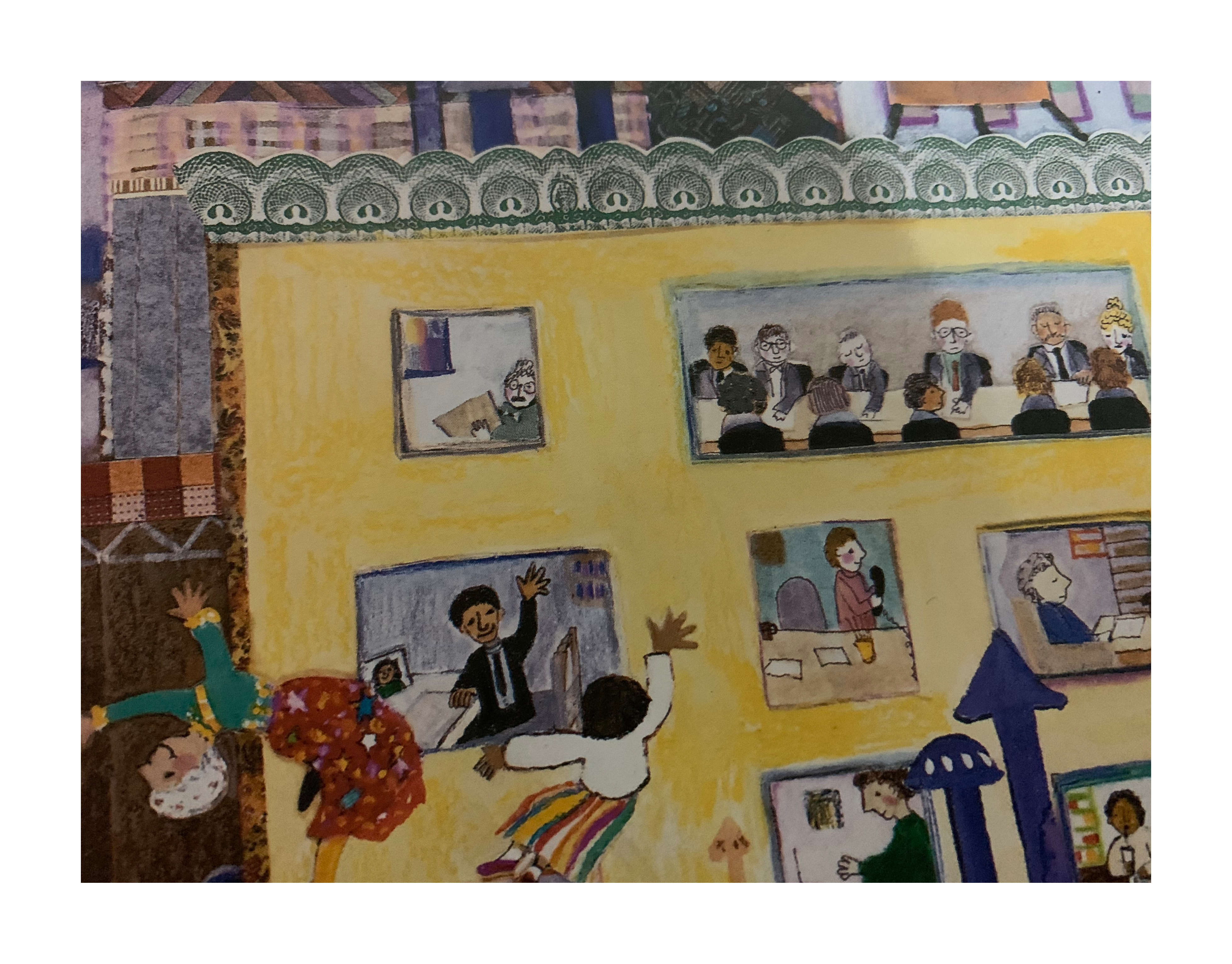 Art from Abuela by Arthur Dorros, illustrated by Elisa Kleven
Art from Abuela by Arthur Dorros, illustrated by Elisa Kleven
References
- Fawns, T. (2019). Post digital education in design and practice.
- Hodges, C., Moore, S., Lockee, B., Trust, T., & Bond, A. (2020). The difference between emergency remote teaching and online learning.
- Jandrić, P. (2017). Learning in the age of digital reason. Rotterdam: Sense.
- Williamson, B., Eynon, R., & Potter, J. (2020). Pandemic politics, pedagogies and practices: Digital technologies and distance education during the coronavirus emergency. Learning, Media and Technology

